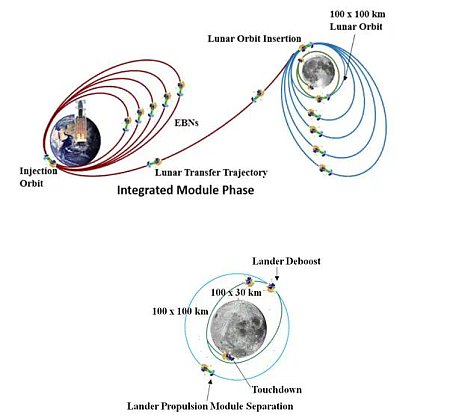SpaceX tonight successfully launched 54 Starlink satellites into orbit, lifting off from Cape Canaveral.
The Falcon 9 rocket used a first stage flying on its sixteenth flight, landing successfully on a drone ship in the Atlantic. That is the second 1st stage in SpaceX’s fleet to complete that many flights. Both first stages completed their sixteen flights in only three years, which means that those two first stages have actually flown more times than the entire United States rocket industry did annually from 2000 to 2019. I don’t have a full count, but I suspect both stages have launched in those three years more satellites then the totals for almost all other nations, excepting possibly Russia and the U.S. Both probably allowed SpaceX to amortize the cost of those launches considerably, possibly as much as 90%.
Just remember: Rocket industry experts were insisting even as late as 2016 that it was impractical to make rocket stages reusable, that to make a profit “a partially reusable rocket would need to launch 35-40 times per year to maintain a sizable production facility while introducing reused hardware into the manifest.” Based on that calculation, these experts determined with utmost certainty that a partly reusable rocket — like the Falcon 9 — could never make a profit.
Elon Musk must have agreed, and decided he needed an extra profit center for the Falcon 9. Starlink has provided that profit center. It not only needs that many launches, and pays for them, its profit stream from its internet customers is already adding to SpaceX’s bottom line.
Regardless, Musk has proved these “experts” utterly wrong. I always thought they were talking through their hat, but had no way to prove it. Thank you Mr. Musk for proving the point.
Note too that the two fairing halves on this flight were also reused, completing their ninth and tenth flights respectively.
The leaders in the 2023 launch race:
47 SpaceX
26 China
9 Russia
5 Rocket Lab
5 India
American private enterprise now leads China in successful launches 53 to 26, and the entire world combined 53 to 45, while SpaceX alone now leads the rest of the world (excluding other American companies) 47 to 45.
And it is doing this with that impractical, unprofitable, and impossible reusable Falcon 9 rocket. Heh.

